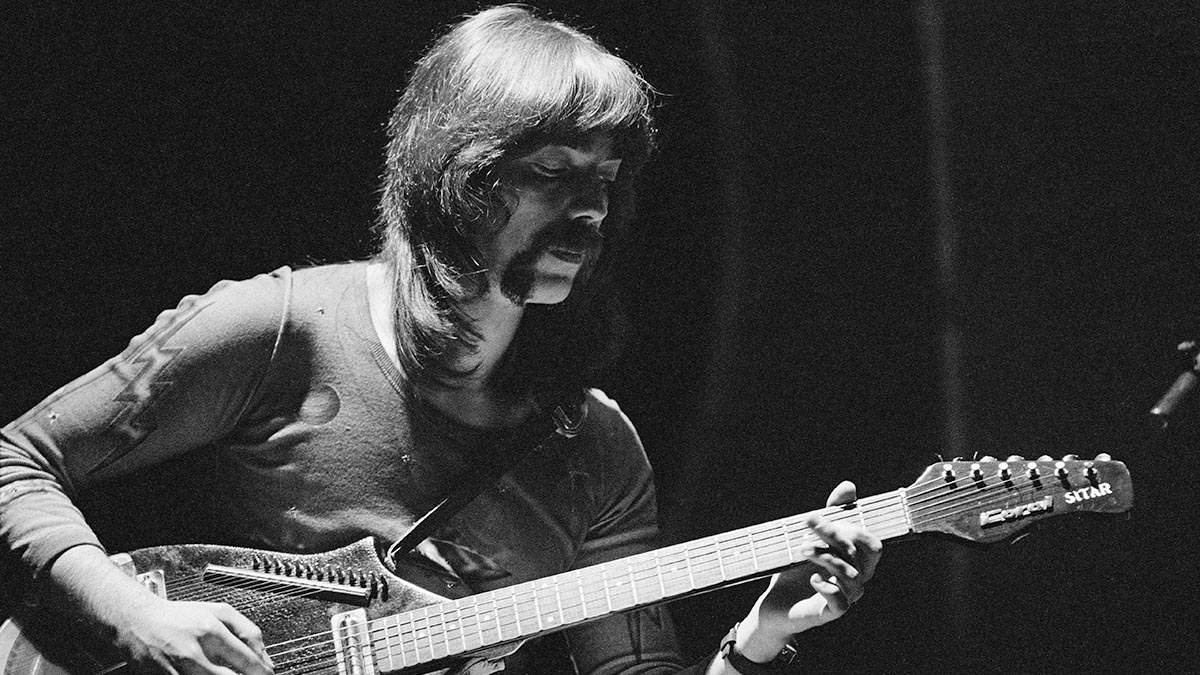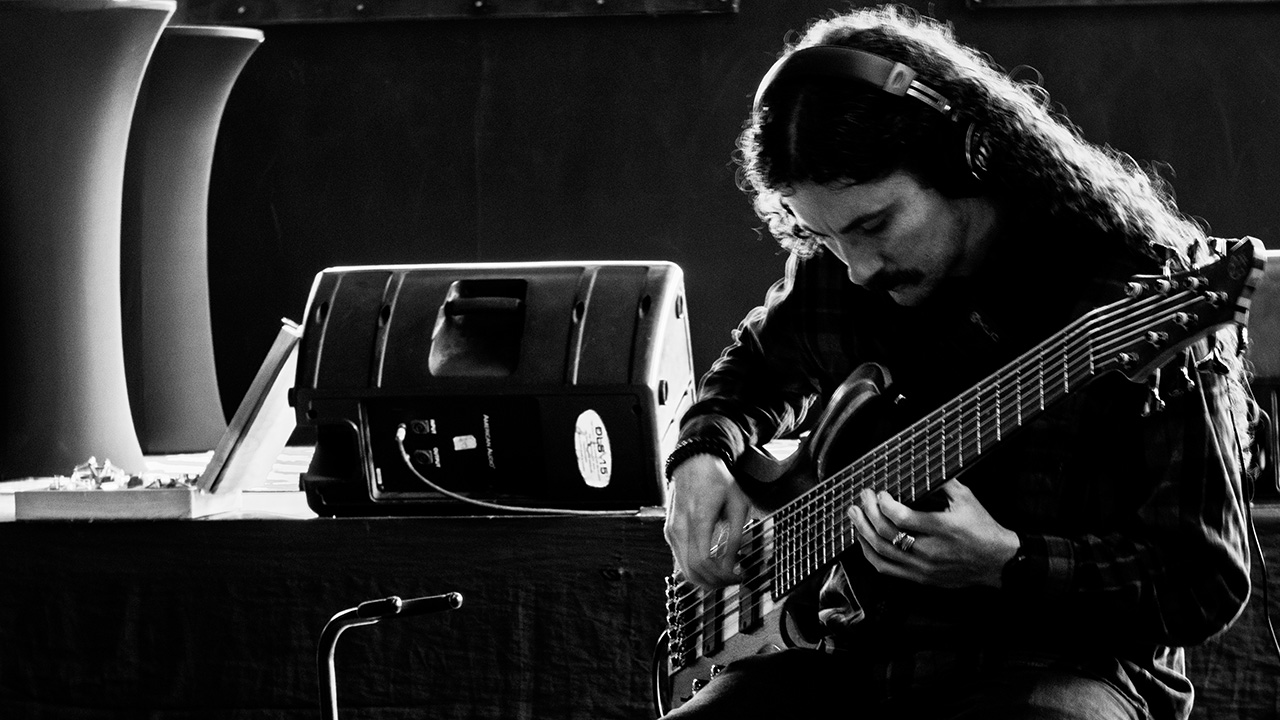How the Danelectro/Coral Electric Sitar captivated rock and metal guitarists from Metallica and Steve Howe to Steve Vai and Eddie Van Halen
With its buzz bridge design, this innovative electric gave rock players a new sound to play with

One of George Harrison and the Beatles’ most influential contributions to the electric guitar actually didn’t involve an electric guitar at all. When Harrison first played an actual sitar on Norwegian Wood (This Bird Has Flown) on Rubber Soul, it inspired numerous other pop bands to incorporate the distinctive droning sounds of a sitar on their records as well.
Brian Jones of the Rolling Stones, for example, played a sitar on Paint It, Black, recorded in March 1966 a few months after the release of Rubber Soul in December 1965. However, the Beatles were not the first pop/rock band to experiment with sitar sounds – the Kinks featured one on See My Friends released in mid 1965, and the Yardbirds attempted to use one on Heart Full of Soul, hiring an actual sitar player before settling on Jeff Beck’s fuzz box simulation instead.
Unlike most of their British peers, the Beatles employed the sounds of a sitar several more times after that, including Love You To and Tomorrow Never Knows (Revolver), Within You Without You (Sgt. Pepper’s) and the single The Inner Light. [Note that the sitar in Tomorrow Never Knows was a short backwards recording; the drone was created by a tambura.] Hence, the Beatles deservedly take credit for popularizing the sitar in a pop music context.
During the mid-’60s, many guitarists wanted to copy the Beatles’ sitar sounds but few wanted to buy a real one and spend the time and effort it took to master it. Session guitarist Vinnie Bell and Nathan Daniel of Danelectro collaborated on an ingenious electric version, the Coral Vincent Bell Electric Sitar, introduced in 1967.
The Coral Electric Sitar featured a clever “buzz” bridge design that provides a convincing imitation of a sitar’s distinctive character. It also featured a semi-hollow body and 13 “sympathetic” strings that seemed like a good idea but never really resonated effectively.
Instead, the strings are more effectively played in a harp style. The original model featured three lipstick tube single-coil pickups (two for the six-string neck and one for the sympathetic strings), each with individual volume and tone knobs.
The Coral Electric Sitar has appeared on hundreds of notable records by an incredibly wide variety of artists since the late ’60s. R&B artists were among the first to embrace it, as heard on Stevie Wonder’s Signed Sealed Delivered, Freda Payne’s Band of Gold and numerous tracks by the Delfonics and Stylistics, including Didn’t I Blow Your Mind This Time? and You Make Me Feel Brand New, respectively.
All the latest guitar news, interviews, lessons, reviews, deals and more, direct to your inbox!
If you watched Reservation Dogs, you may have noticed electric sitar on Redbone’s 1974 hit Come and Get Your Love. Notable electric sitar rock songs from the Seventies include Denny Dias’ solo on Steely Dan’s Do It Again and Eddie Van Halen’s background overdub on the solos for Ain’t Talkin’ ’Bout Love. It can even be heard on songs by Metallica (Wherever I May Roam) and Steve Vai (For the Love of God).
A handful of players have employed the electric sitar creatively for unusual tones and textures that go beyond the usual single-note melodic lines. Steve Howe’s chordal rhythm work on Close to the Edge and various other Yes songs is particularly notable, but Eddie Van Halen’s Primary (Van Halen III) is probably the most extreme example, recorded direct using only an MXR Dyna Comp.
“I tuned the sympathetic strings to the melody,” Van Halen said in 2013, “and I placed the sitar up against the Auratone monitors to get it to feed back where I needed it to. The Dyna Comp compresses the signal so heavily that it almost sounds like backwards guitar.”
Danelectro offers an affordable replica of the original Coral Vincent Bell model. For a few hundred bucks less, you can get the Danelectro Baby Sitar, which offers the same sitar-like buzzy tones but without the “sympathetic” strings.
Chris is the co-author of Eruption - Conversations with Eddie Van Halen. He is a 40-year music industry veteran who started at Boardwalk Entertainment (Joan Jett, Night Ranger) and Roland US before becoming a guitar journalist in 1991. He has interviewed more than 600 artists, written more than 1,400 product reviews and contributed to Jeff Beck’s Beck 01: Hot Rods and Rock & Roll and Eric Clapton’s Six String Stories.

